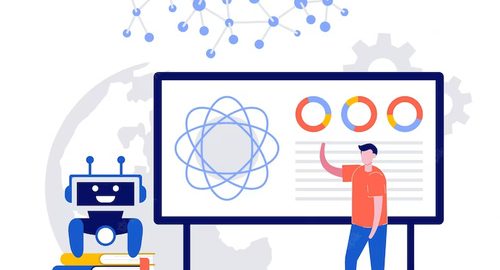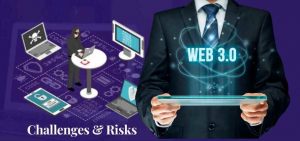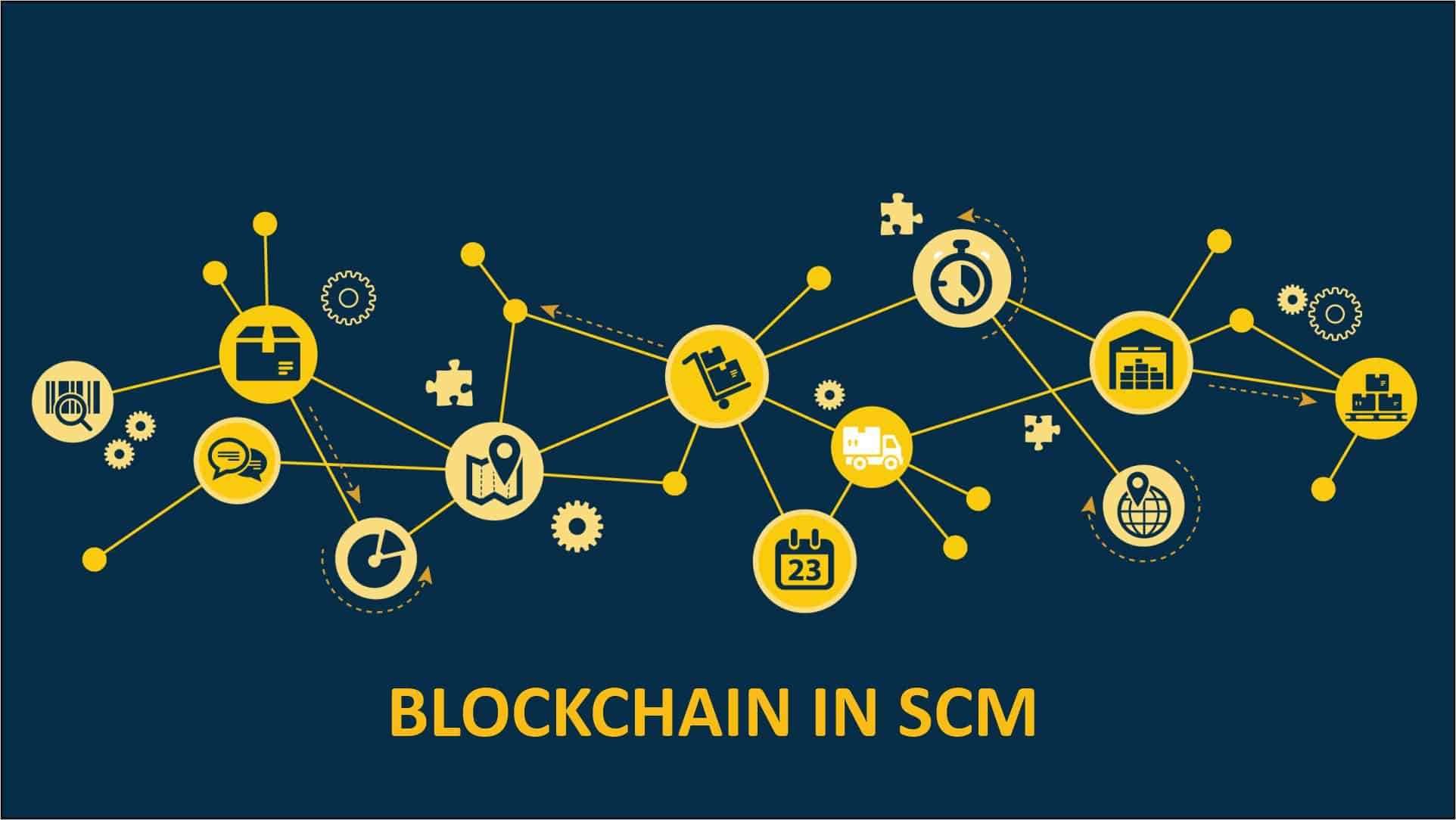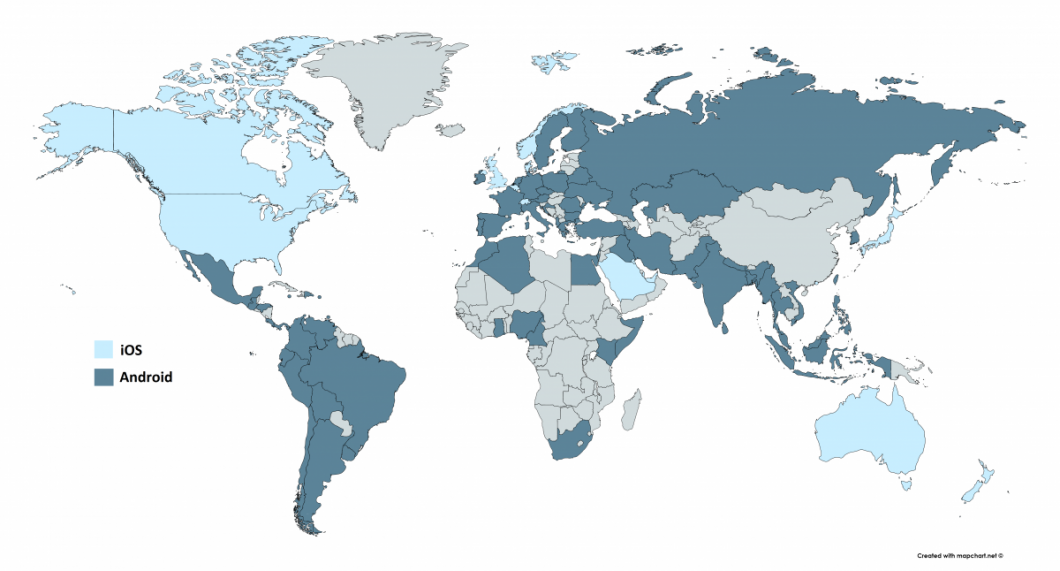The transportation industry has experienced significant changes in recent years due to the impact of digitalization. The integration of digital technologies has brought about new opportunities and challenges for the industry, affecting everything from logistics and supply chain management to customer experience and safety. In this blog, we will explore the impact of digitalization on the transportation industry, highlighting the opportunities and challenges that come with this transformation.
Opportunities
1. Improved Efficiency and Productivity
Digitalization has enabled the transportation industry to improve its efficiency and productivity significantly. The integration of digital technologies such as GPS tracking, real-time data analytics, and automation has made it possible to optimize routes, reduce fuel consumption, and improve delivery times. This has resulted in cost savings for transportation companies and improved customer satisfaction.
2. Enhanced Customer Experience
Digitalization has also improved the customer experience significantly. Customers can now track their shipments in real-time, receive notifications about delivery times, and provide feedback on their experience. This has increased transparency and accountability in the industry, leading to improved customer satisfaction.
3. Increased Safety
Digitalization has also improved safety in the transportation industry. The integration of technologies such as collision avoidance systems, driver monitoring, and predictive maintenance has reduced the risk of accidents and improved the safety of drivers and passengers.
4. New Business Models
Digitalization has also enabled the transportation industry to develop new business models. The rise of ride-sharing services such as Uber and Lyft has disrupted the traditional taxi industry, while the emergence of on-demand delivery services such has transformed the logistics and supply chain management landscape.
5. Data-Driven Decision Making
The collection and analysis of data from various sources, such as sensors, GPS tracking, and customer feedback, can help transportation companies make informed decisions about route optimization, fleet management, and customer service. This data-driven approach can lead to improved efficiency, cost savings, and enhanced customer satisfaction. However, the effective use of data requires the development of robust data management systems and the implementation of data privacy and security measures.
6. Intermodal and Multimodal Transportation
The seamless integration of different modes of transportation, such as road, rail, air, and sea, can improve the efficiency and flexibility of the transportation industry. Digital technologies, such as real-time data analytics and IoT devices, can help transportation companies coordinate and optimize the use of different transportation modes, leading to reduced transit times and improved customer satisfaction. However, the development of intermodal and multimodal transportation systems requires collaboration between various stakeholders, including transportation companies, infrastructure providers, and regulatory authorities.
7. Smart Cities and Intelligent Transportation Systems
The integration of digital technologies, such as IoT devices, sensors, and data analytics, can help create connected and intelligent transportation systems that improve traffic flow, reduce congestion, and enhance safety. These intelligent transportation systems can also contribute to the development of smart cities, where transportation systems are integrated with other urban systems, such as energy, waste management, and public services. However, the development of smart cities and intelligent transportation systems requires significant investments in infrastructure and the development of supportive policies and regulations.
8. Real-Time Information and Communication
The use of digital technologies, such as GPS tracking, mobile applications, and social media, has made it possible for transportation companies to provide real-time updates on traffic conditions, delays, and route changes. This real-time information can help customers make informed decisions about their travel plans and improve their overall experience. However, the effective use of real-time information and communication requires the development of robust communication networks and the implementation of data privacy and security measures.
9. Predictive Maintenance and Asset Management
Digitalization has also facilitated the implementation of predictive maintenance and asset management in the transportation industry. The use of digital technologies, such as IoT devices, sensors, and data analytics, can help transportation companies monitor the condition of their assets, such as vehicles, infrastructure, and equipment, in real-time. This real-time monitoring can enable companies to identify potential issues before they become critical, allowing for proactive maintenance and reducing the risk of downtime and costly repairs. However, the implementation of predictive maintenance and asset management requires significant investments in digital technologies and the development of skilled personnel to analyze and interpret the data.
10. Collaboration and Information Sharing
The use of digital platforms, such as cloud-based systems and data-sharing networks, has made it easier for transportation companies to collaborate with their partners, suppliers, and customers. This increased collaboration can lead to improved efficiency, cost savings, and enhanced customer satisfaction. However, the effective use of digital platforms for collaboration and information sharing requires the development of standardized data formats and the implementation of data privacy and security measures.
11. Autonomous Vehicles and Drones
The integration of digital technologies, such as artificial intelligence, machine learning, and computer vision, has made it possible for vehicles and drones to navigate and operate without human intervention. This has the potential to revolutionize the transportation industry by improving efficiency, reducing the risk of accidents, and enabling new business models, such as drone-based delivery services. However, the widespread adoption of autonomous vehicles and drones requires significant investments in research and development, as well as the development of supportive policies and regulations.
12. Environmental Sustainability
Digitalization has the potential to contribute to environmental sustainability in the transportation industry. The use of digital technologies can help optimize routes, reduce fuel consumption, and minimize emissions. Additionally, the integration of electric vehicles and the development of smart charging infrastructure can further reduce the industry’s environmental impact. However, the transition to more sustainable transportation systems requires significant investments and the development of supportive policies and regulations.
Challenges
1. Cybersecurity Risks
The integration of digital technologies has made transportation systems more vulnerable to cyber-attacks, which can result in significant financial losses and reputational damage.
2. Workforce Disruption
The integration of automation and artificial intelligence has led to concerns about job displacement and the need for re-skilling and up-skilling of the workforce.
3. Infrastructure Upgrades
Digitalization has also highlighted the need for infrastructure upgrades in the transportation industry. The integration of digital technologies requires significant investments in infrastructure, including the installation of sensors, communication networks, and data centers.
4. Regulatory Challenges
Digitalization has also created regulatory challenges for the transportation industry. The integration of new technologies has raised questions about data privacy, liability, and safety regulations, which require new policies and regulations to be developed.
Wrapping Up
In this age of rapid digital transformation, the transportation industry faces a pivotal moment. The potential benefits in terms of efficiency, cost reduction, and customer satisfaction are abundant, yet so are the hurdles, notably in security and data management.
To navigate this complex landscape successfully, transportation and logistics companies must embrace innovative solutions tailored to their unique needs. At Mindfire Solutions, we specialize in developing custom software solutions that can assist companies that operate in the transportation and logistics industry. Our solutions are designed to optimize operations, improve visibility, and ensure a seamless transition into the digital age. Embrace the opportunities, tackle the challenges, and partner with us on your journey towards a digitally transformed future.



 Embedded finance, often referred to as embedded banking, falls under the banking as a service (BaaS) segment. It refers to the integration of financial services such as insurance, loans, debit/credit cards, investments, etc. into the traditional, non-financial sector. Simply put, it is the process of non-financial entities integrating financial services or products into their own platform, using APIs.
Embedded finance, often referred to as embedded banking, falls under the banking as a service (BaaS) segment. It refers to the integration of financial services such as insurance, loans, debit/credit cards, investments, etc. into the traditional, non-financial sector. Simply put, it is the process of non-financial entities integrating financial services or products into their own platform, using APIs.
 It’s no secret that the world of technology is ever-evolving. From Web 1.0 to the current climate of Web 2.0, new platforms and technologies have revolutionized how we communicate, create content, share ideas, and even buy products. But what does this all mean for the next wave – Web 3.0?
It’s no secret that the world of technology is ever-evolving. From Web 1.0 to the current climate of Web 2.0, new platforms and technologies have revolutionized how we communicate, create content, share ideas, and even buy products. But what does this all mean for the next wave – Web 3.0?



